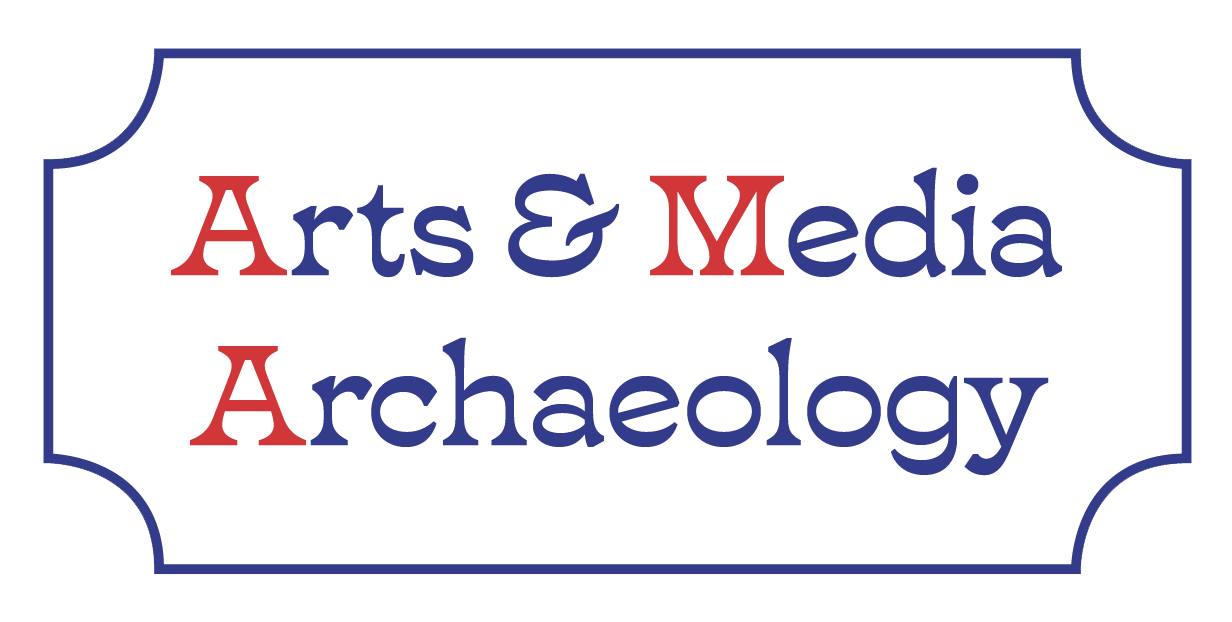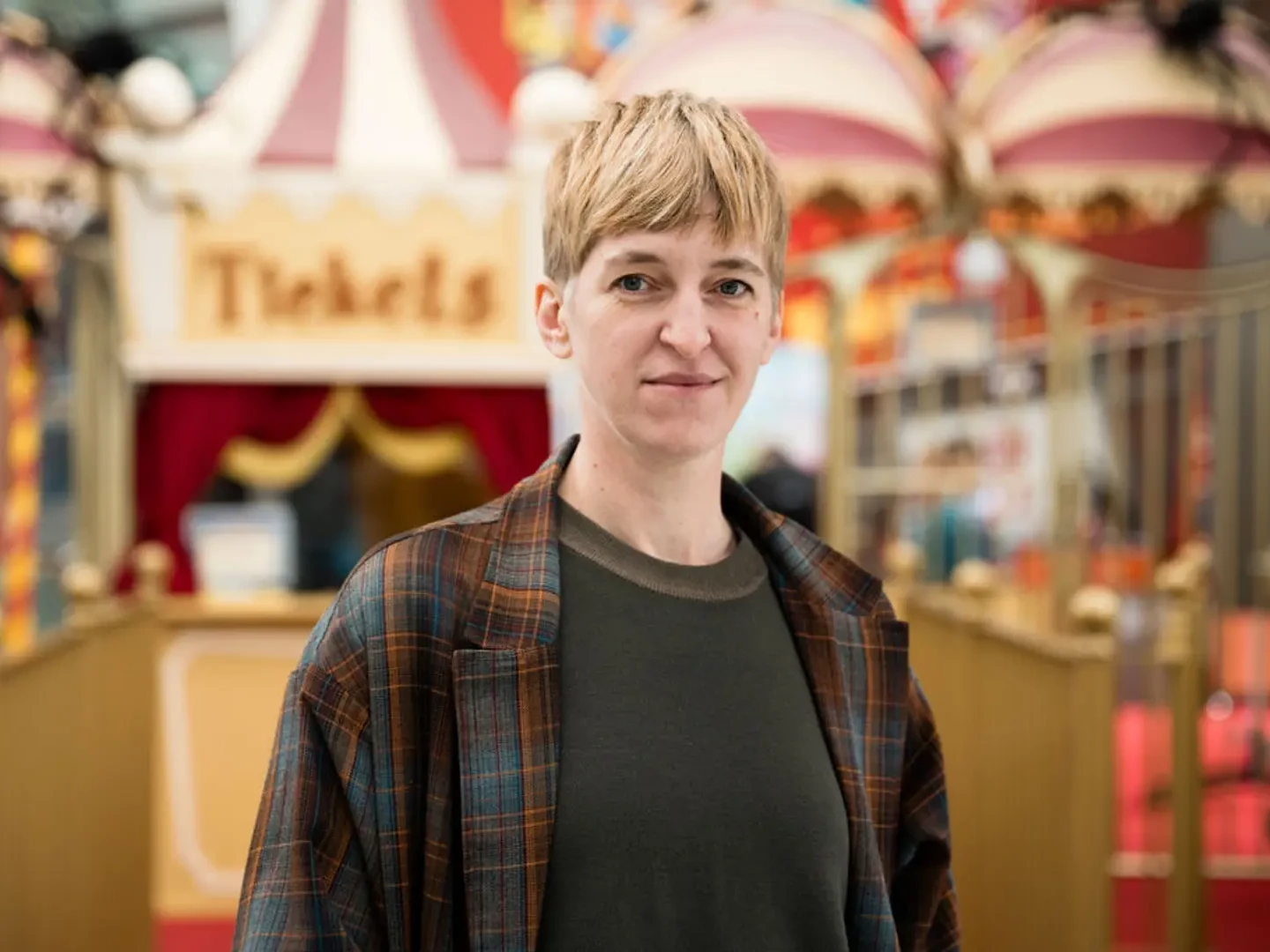Der Komet shines digitally, over more than 140 years of fairground history
18 July 2024
Since 1883, Der Komet has been a pioneering journal, serving as a compass for fairground entrepreneurs and travelling traders. The periodical played a vital role in the professionalization of the fairground industry and chronicled over 140 years of German fairground culture. As such, it is a valuable resource for researchers interested in the cultural history of fairgrounds, media and film history, and the history of knowledge and technology. Current digitization campaigns, supported by the SciFair project and its partners, aim to make this rich historical material accessible to a wider…
Showpeople as early adopters
26 January 2024
What role did science and technology once play at the fairground? And how were new technologies such as X-ray technology, photography, and film presented and disseminated through the travelling network of showpeople? PhD researcher Tim Overkempe is currently investigating all of the questions above for the period 1850-1914 within the Science at the Fair project at UAntwerp. While most of us might associate the funfair with nostalgia and perhaps a touch of old-world charm, this was certainly not always the case in the past. Instead, the fairground was often the place-to-be to wonder at new…
Leave more room for chance, intuition and unexpected twists
18 December 2023
Nele Wynants is a professor of art and theatre studies at UAntwerp. Her research is on the interface of science, media and performance. In her EU-funded project Science at the Fair, she explores the world of travelling science shows in the 19th century. She told us about how the project came about and made a passionate plea for more room for chance, intuition and unexpected twists in research. When we think about ‘science for the public at large’, the first thing that comes to mind nowadays is large science museums or interactive experiences such as Technopolis. In the 19th century, however,…
Travelling zoos as knowledge mediators?
11 December 2023
Travelling zoos were a common and very popular form of entertainment in the long nineteenth century. Also known as menageries, they were large companies that moved around with various exotic wild species such as lions, tigers, and elephants. For young and old alike, it was often the first and only time they got to see these impressive quadrupeds. Even though they were considered mainly a form of travelling entertainment at funfairs, I will show that itinerant zoos were also an important hub for the circulation of various forms of knowledge. In recent years, historians of knowledge have been…
Preserving impressions of the fair. Digitizing the graphic collection of the Markt- und Schaustellermuseum in Essen
6 October 2023
“Auf dem Markt fing alles an!” – “It all started at the market!”. That was the motto of the former Markt- und Schaustellermuseum in Essen, Germany. The museum, which unfortunately closed in 2021 after 25 years, showed that the precursors of our modern-day doctors, pharmacists, bankers, trading companies, marketeers and recruiters, as well as artists, musicians and show people often earned their daily bread at the local fairs. Given the relevant scope of the museum and its rich body of sources, a research trip to Essen by SciFair researchers was a priority, especially since the variety of…
An image speaks a thousand words
21 February 2023
A Nigerian medical student went viral when he shared an illustration of a black pregnant woman.The image stirred up emotions as people realized they had never seen this kind of image of someone of colour. SciFair PhD student Gitte Samoy reflects on this ‘new’ insight. The viral image made something painfully clear: even in the twenty-first century, the medical field was still presenting the white body as the default. It not only revealed a lack of diversity in the medical field, but also demonstrated another point: although these images claim to be neutral recordings of reality, visualizing…
A peek into the day-to-day life of showpeople
20 February 2023
Strolling across a nineteenth-century fairground, we would be greeted by a variety of attractions: illusionists mesmerizing the public with their visual deceptions or animal tamers displaying their courage and control over exotic animals. Others tried to capture people’s attention by displaying wax figures with curious diseases in their travelling museums, and panorama owners transported people to faraway places. But who were these showpeople really? What happened outside of the public’s eye? Because behind these staged personae were people who tried to earn their living and for whom this…
The secret life of objects
8 February 2023
Have you ever been seized by the historical weight of an object? Experienced an incomprehensible bond with an artefact? Or feel that a thing was silently questioning you? Suddenly, the material does not appear as inert as it should be, but it has something. A soul, perhaps? In this article, researcher Thibaut Rioult takes you on his quest for "charged objects". On the eighteenth and nineteenth-century fairground, a place full of oddities and marvels, fascinating objects could be found. The carnival barker called the public to come and see the wonders of talking heads, fortune teller machines,…
Fairground organs, X-rays and cinema: Science and technology at the funfair
6 February 2023
'Science and technology… at the fairground? The fair, that’s mostly fun, right?' When I tell friends and family about my research, this is a common reaction. And yes, science and technology did in fact play an important role at the fairground in the nineteenth century. Let me take you on a journey to times when there were not only merry-go-rounds and slot machines at the funfair, but science and technology were presented to the public as a great spectacle. About 150 years ago, the fairground was indeed a place where people gathered to have fun – just like today – but also to meet each other,…
Funfair culture to be recognized by UNESCO as intangible cultural heritage?
26 January 2023
This past year-end, the Musée des Arts Forains in Paris celebrated funfair culture as intangible heritage in a new edition of the Festival du Merveilleux (Festival of Wonder). The unique museum in the Pavillons de Bercy convincingly demonstrated that the funfair is a living culture that exists only by virtue of performers and entertainers interacting with an audience. Spanning 12 days, more than 5,000 visitors a day could witness how this enchanting place beyond time set the stage for a dazzling programme of live shows, music and dance. During the festival, the historic funfair attractions,…










